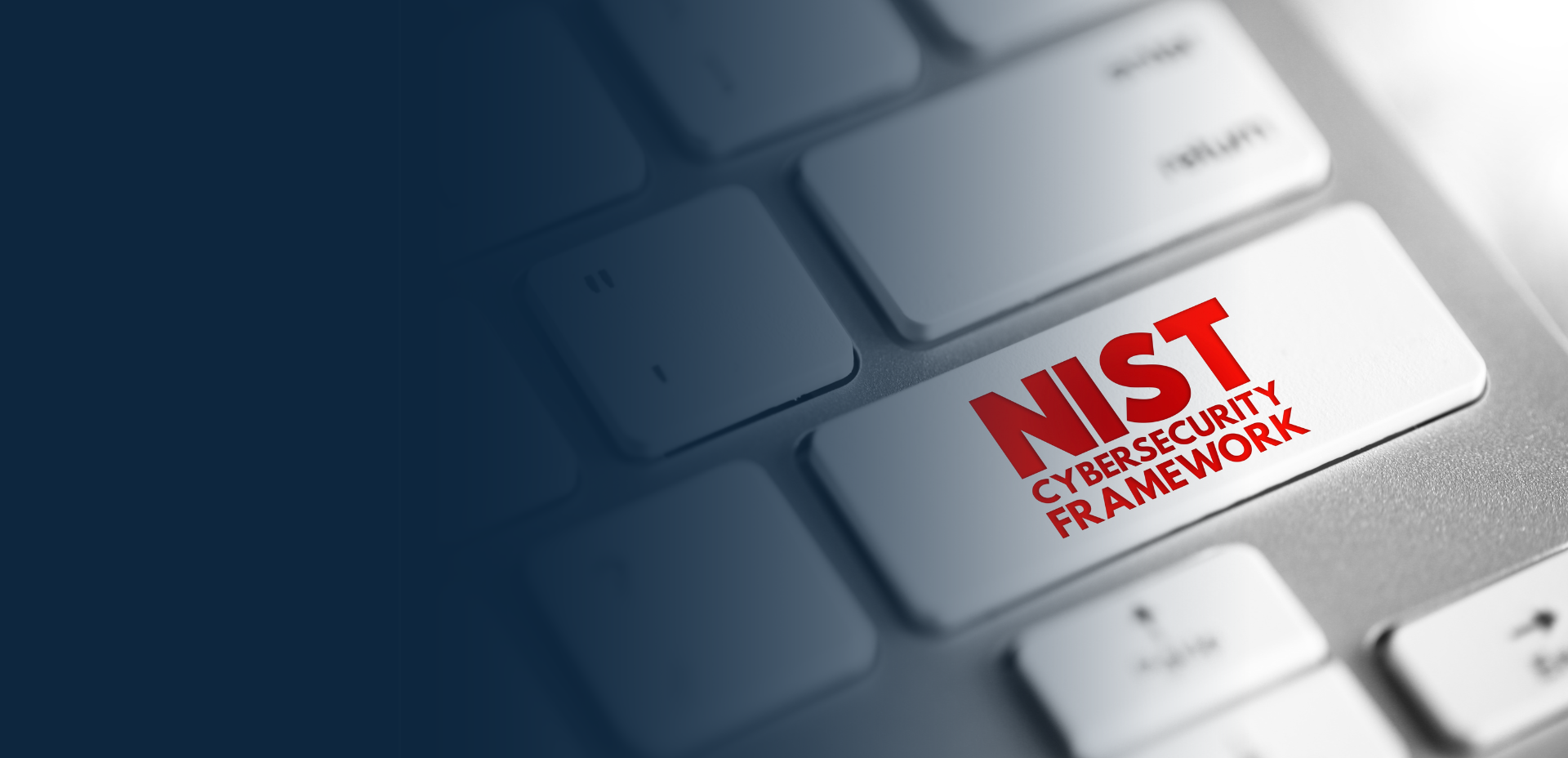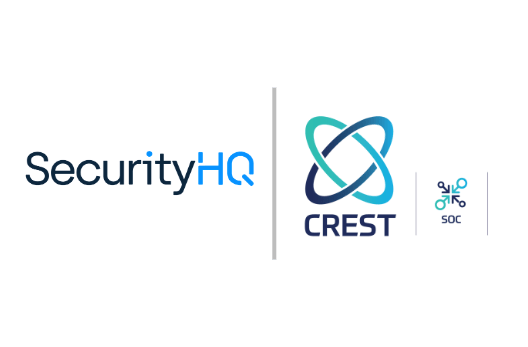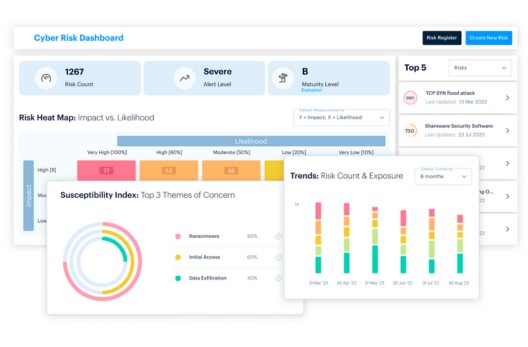MSSP Advancements • 10 MIN READ
Building a Resilient Digital Future: NIST’s Impact on Cybersecurity
by Eleanor Barlow • Sep 2023
Recognizing the urgent need for comprehensive cybersecurity solutions, the National Institute of Standards and Technology (NIST) has established itself as the benchmark for cybersecurity on a global level. Through its NIST Cybersecurity Framework, the non-regulatory agency empowers organizations to take a proactive approach towards managing and mitigating cyber risks, enabling them to stay resilient against the ever-evolving threat landscape.
In this blog, we explore the significance of NIST in the cybersecurity landscape, with a particular emphasis on NIST 830 and SP 853.
The Role of NIST in Navigating the Threat Landscape
The National Institute of Standards and Technology (NIST) plays a pivotal role in providing companies with a chance to develop a comprehensive cyber security posture, to prevent or lessen the impact of cyberattacks. Through the development of the Cybersecurity Framework in 2014, NIST provides a comprehensive and structured approach to assess, manage, and mitigate cybersecurity risks effectively.
Although the framework was designed to protect the critical infrastructure and operations of the United States Department of Defense, it is now widely used by many organizations.
Gartner states that, as of 2015, almost 30% of the organizations in the United States were relying on the framework to safeguard their digital assets, and this number was projected to shoot up to 50% by 2020. Today, the framework has been downloaded 1.7 million times and is used by companies of varying sectors, sizes, and locations. The continually increasing number of organisations adopting the NIST Cybersecurity Framework highlights the effectiveness and relevance in addressing the ever-growing cyber threat landscape.
Essentially, the cybersecurity framework follows a risk-based approach that involves identifying the highest compliance risks and targeting them to continuously improve an organization’s cybersecurity posture. The five functions of the NIST Framework include:
- Identify – To achieve an understanding and identification of all assets.
- Protect – To outline the right measures to safeguard to make sure that the delivery of key infrastructure/services is achieved.
- Detect – With a goal to implement the right mechanisms to identify occurrences of cyber security incidents.
- Respond– To conduct the right approach/activities with regards to an identified cyber security incident.
- Recover– To identify the right activities to maintain resilience and restore impacted capabilities/services.
As cyberattacks such as ransomware, supply chain attacks, and phishing attacks continue to evolve, the NIST Framework remains a critical resource in navigating the complexities of cybersecurity and ensuring resilience in an interconnected world. By adopting the above-mentioned functions and aligning them with their cybersecurity measures, organizations can effectively strengthen their defenses against malicious attacks.
Special Publications by NIST
As one of the key stakeholders responsible for promoting robust risk management, NIST has introduced special publications that have significantly changed the course of cybersecurity by encouraging organizations to streamline their cybersecurity strategies. Two of the most important publications by NIST include:
NIST SP 800-30
NIST SP 800-30, titled “Guide for Conducting Risk Assessments,” lays the groundwork for conducting risk assessments by offering a catalogue of security and privacy controls to organizations to allow them to implement those practices to fortify their defenses. The document provides a comprehensive outline for conducting risk management that entails defining vulnerabilities, interpreting the level of risk in the infrastructure, monitoring the potential threats, and implementing remediation strategies.
NIST 800-53
NIST 800-53 provides a comprehensive record of security and privacy controls, curated by the Information Technology Laboratory (ITL), for federal information systems in the United States. Titled “Security and Privacy Controls for Information Systems and Organizations,” the publication assists federal agencies and organizations in effectively securing their information systems and protecting sensitive information from various security threats and vulnerabilities. With an aim to maintain secure information systems, NIST 800-53 also outlines the importance of continuous monitoring and regular updates to the security controls to confront the evolving threat landscape.
Achieving Compliance with SecurityHQ
While the NIST cybersecurity framework is curated to streamline cybersecurity strategies, it can be challenging for organizations to achieve compliance and fortify their defenses. At SecurityHQ, we are committed to empowering businesses to build a secure future by simplifying cybersecurity. This is why we offer a wide range of comprehensive solutions tailored to the unique needs of each organization.
To embark on the journey of a resilient digital future, contact us today.












